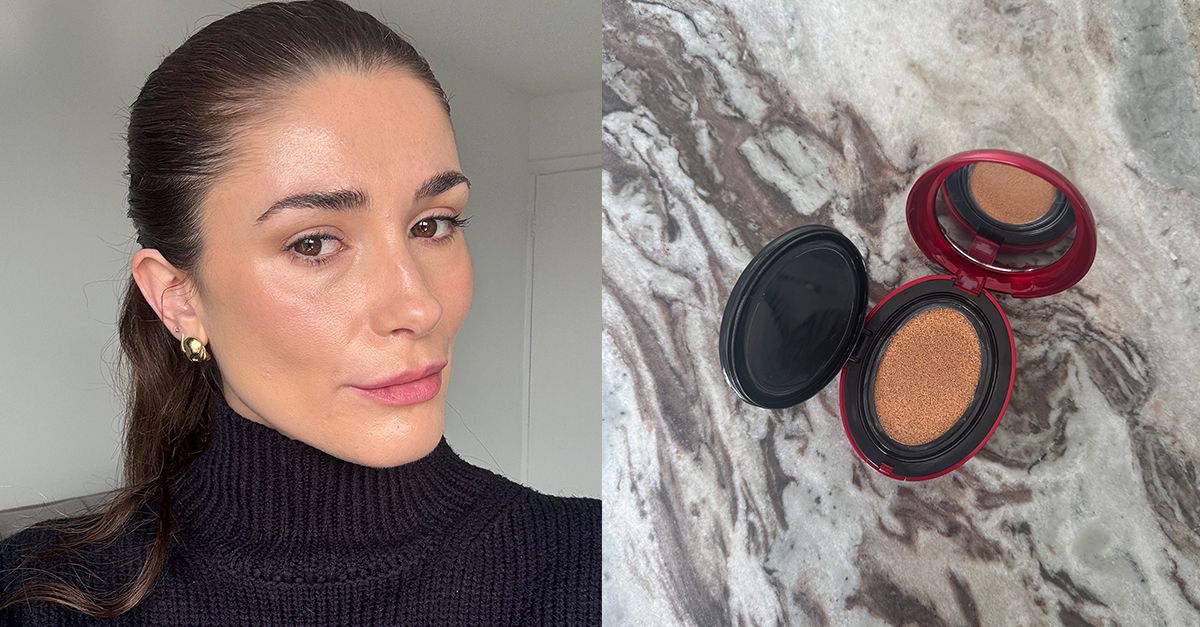According to the Global Wellness Summit’s 2024 trends report from the Global Wellness Institute, which combines research and insights from experts in the field—including scientists, CEOs, and academics—the wellness market is surging. And it’s not expected to slow down anytime soon.
The global wellness economy was valued at $5.6 trillion in 2022, increasing by 12% since 2020. According to the report, roughly one in every $20 is spent on wellness, and the global wellness economy is expected to rise to $8.5 trillion by 2027.
The U.S. tops the global list of countries for spending on wellness, amassing an annual market of $1.8 trillion, up 14% since 2020. On average, people in the U.S. spend $5,321 per year on wellness, coming in 5th behind Seychelles, Switzerland, Iceland, and Aruba.
Within the larger domain, global wellness spending falls into personal care and beauty, physical activity, healthy eating, nutrition and weight loss, public health and prevention, and wellness tourism. Novel categories like mental wellness, wellness real estate, and workplace wellness are gaining momentum, valued at $181 billion, $398 billion, and $51 billion, respectively.
Softcare vs. hardcare
The report sheds light on the expansion of both “softcare” and “hardcare.” “Softcare” includes the cheaper, simpler well-being trends spurred by the hot girl walk, bed rotting, and the overall dismissal of hustle culture in favor of improved social well-being through community and connection. “Hardcare” includes the rapid growth in wearable technology, hyper-optimization through countless measurements of biomarkers, preventive medicine treatment, and weight loss drugs.
“The speed at which medicine is invading the wellness market is nothing short of astounding,” the report reads. “Generational, income and gender gaps are widening in culture, and they’re creating a wellness space increasingly defined by dramatically different—even contradictory—markets and mindsets.”
2024 wellness trends
Predicted trends for 2024 include climate-adaptive wellness, such as designing for a cooling planet and taking “coolcations.” The growing interest in longevity will continue, both those willing to try expensive, experimental treatments aimed at living longer and others who recognize they can play a role in aging through simple things like diet, exercise, sleep, and stress reduction.
Another trend is the increase in retreats and programs for men, upending the stigma and pressure for men to hide their emotions, in what the researchers called “From Manning up to Opening Up.”
More—and potentially cheaper—weight loss drugs will hit the market, and attention is finally elevating the importance of postpartum wellness. People are going to museums to strengthen their minds and feel happier in a trend of sensory and artistic wellness experiences, and others are booking retreats focused on long pilgrimages.
Fueled by a post-pandemic rise in mental health issues, a desire to play a role in health outcomes and aging, and a more significant societal focus on well-being as part of health and happiness, the trends underscore how wellness is moving markets.
The report’s comprehensive list of 2024 wellness trends:
- Climate-adaptive Wellness
- The Power of the Pilgrimage
- From Manning Up to Opening Up
- The Rise of Postpartum Wellness
- Longevity Has Longevity
- A Wellness Check for Weight Loss Drugs
- Sports Finds Its Footing in Hospitality
- The Home as Highest-Tech-Health-Hub
- A New Multisensory, Immersive Art for Wellness
- Under the Radar: future trends including Blue Zones 2.0 and Wellness Real Estate
The researchers also highlight the chasm between accessible “soft” wellness and wellness for the wealthy, as more subscriptions and clinics offer feeling good at a hefty cost. Wellness sectors predicted to grow at the fastest rates by 2027 include wellness tourism, mental wellness, and wellness real estate.









































































